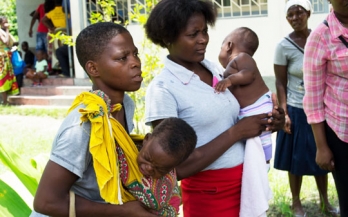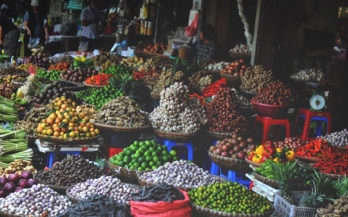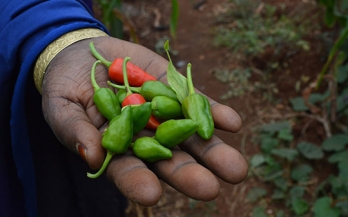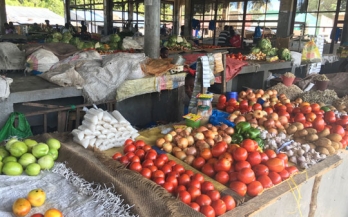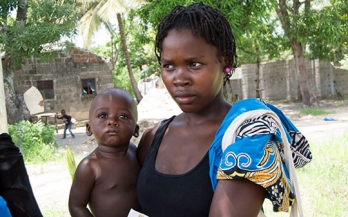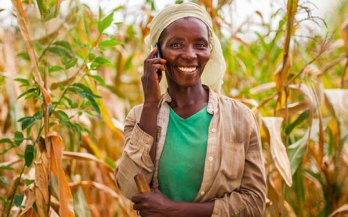GAIN and its partnerships supported MISAU in the implementation of a home fortification project, which aimed to improve complementary feeding practices through the delivery of micronutrient powder and behaviour change communication activities to children in three districts of Sofala Province, Mozambique.
This report presents the results of that assessment and proposes a Consumption Monitoring and Surveillance Framework consisting of the various processes, phases, components, and domains that provide an enabling environment for this to happen.
The following report provides a consolidation of the findings, their implications for the achievements of the Marketplace program to date, and a series of recommendations to strengthen the design and potential for impact of the Marketplace moving forward.
This report covers the mapping of the distribution, value chain and reach analysis of Alves and includes inputs taken from observations on local markets and at local stores, price checks and interviews done with participants at all levels of the meat processing production and distribution value chain.
This case study assesses the extent to which GAIN’s inputs to Vegman, a vegetable and fruit producer in Chimoio, Manica Provice, Mozambique via the Marketplace for Nutritious Foods program have helped improve availability, affordability, ease of access, convenience and desirability of nutritious food products in local food markets.
Performance-based financing (PBF) directed at healthcare providers has shown potential to improve quantity and quality of maternal and child health services. This study implemented a longitudinal-controlled proof-of-concept PBF intervention at health facilities and with community-based associations focused on preventing vertical transmission of HIV (PVT) in rural Mozambique.
This paper examines lessons learned on how to drive consumer awareness, and to ensure uptake and compliant use of product solutions in the context of the Maternal, Infant and Young Child Nutrition programmes.
This summary report presents key findings and trends from nutrition landscape analyses undertaken across fourteen countries as part of the GSM Association Mobile for Development Nutrition Initiative funded by UK Department for International Development.
